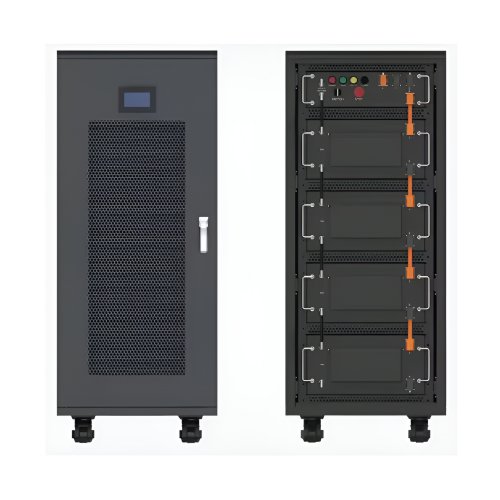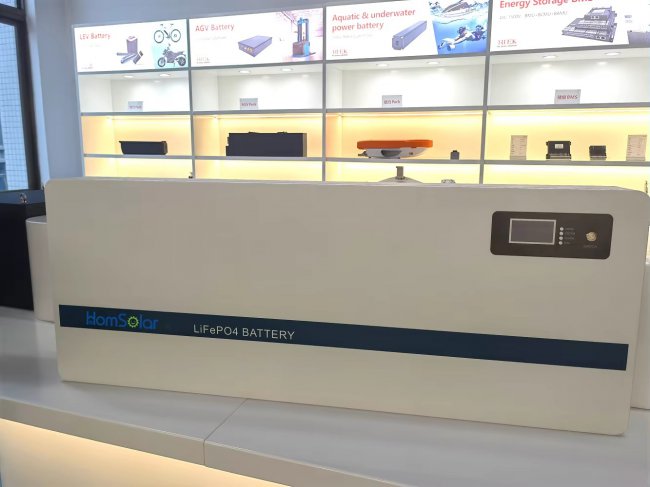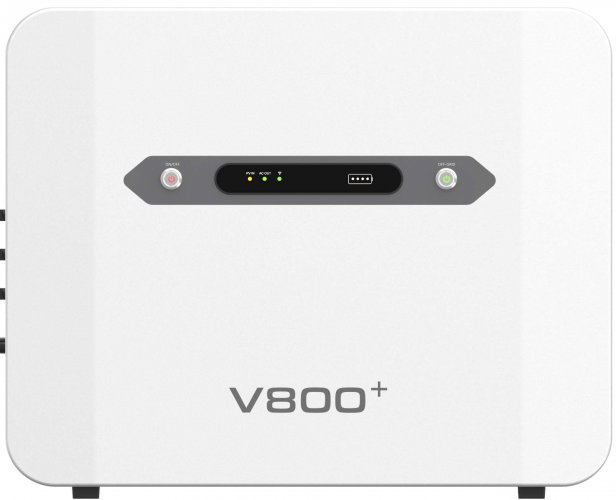Advances In Sol-gel Method: Pioneering Synthesis For Next-generation Functional Materials
The sol-gel method, a versatile wet-chemical technique for fabricating advanced materials, continues to be a cornerstone of modern materials science. This process, involving the transition of a system from a colloidal suspension (sol) into a solid, integrated network (gel), offers unparalleled control over composition, microstructure, and functionality at relatively low temperatures. Recent years have witnessed significant breakthroughs, propelling the sol-gel technique from a laboratory curiosity to an indispensable tool for developing cutting-edge applications in optics, electronics, energy, biomedicine, and environmental science.
Recent Research and Technological Breakthroughs
A primary area of intense research is the enhancement of synthesis control and the development of novel hybrid organic-inorganic materials (ORMOSILs). Traditional sol-gel chemistry, based on metal alkoxide precursors like tetraethyl orthosilicate (TEOS), is being refined with advanced catalysis and precise control over hydrolysis and condensation kinetics. This allows for the creation of materials with tailored porosity, from micro to macro scales, with exceptional homogeneity. A significant breakthrough is the integration of biological molecules and polymers into the inorganic matrix. For instance, researchers have successfully encapsulated enzymes, antibodies, and even whole cells within silica gels, preserving their bioactivity for biosensing and biocatalysis applications. This is achieved through careful manipulation of the sol-gel conditions to create a benign, aqueous-compatible environment that prevents denaturation (Livage et al., 2021).
In the realm of energy materials, the sol-gel method is pivotal for synthesizing high-performance components for batteries, supercapacitors, and fuel cells. The ability to achieve molecular-level mixing of precursors results in electrode materials with uniform particle size distribution and enhanced ionic/electronic conductivity. Recent work has focused on synthesizing complex metal oxides, such as doped lithium titanates (Li₄Ti₅O₁₂) and nickel-rich layered oxides (NMC), for next-generation lithium-ion batteries. The sol-gel-derived materials exhibit superior cycling stability and rate capability compared to those produced by solid-state reactions due to their nanoscale features and high phase purity (Deng et al., 2022). Similarly, for photovoltaics, sol-gel processing is the leading technique for depositing high-quality titanium dioxide (TiO₂) and zinc oxide (ZnO) electron transport layers in perovskite solar cells, contributing to their rapidly increasing efficiency.
Optoelectronics and photonics represent another frontier. The sol-gel method excels at producing highly transparent, homogeneous thin films for anti-reflective coatings, waveguides, and luminescent devices. A notable advancement is the development of "soft" lithography and nanoimprint techniques using sol-gel resins. These photosensitive materials can be patterned at the nanoscale with UV light, enabling the low-cost fabrication of photonic crystals, diffractive optical elements, and metamaterials that were previously only possible with expensive vacuum-based lithography (Innocenzi & Malfatti, 2023). Furthermore, the incorporation of rare-earth ions (e.g., Er³⁺, Yb³⁺) into sol-gel matrices has led to the creation of efficient planar waveguide amplifiers for integrated photonic circuits.
Future Outlook and Challenges
The future of the sol-gel method is intrinsically linked to the demands of sustainability and multifunctionality. One promising direction is the development of "green" sol-gel chemistry, which involves using water as the primary solvent, bio-derived precursors (e.g., from silicates), and energy-efficient processing routes like microwave-assisted and photonic curing. This aligns with the global push for environmentally benign manufacturing processes.
The convergence of sol-gel with additive manufacturing (AM) is set to revolutionize materials fabrication. 3D printing of sol-gel inks, or direct ink writing (DIW), allows for the creation of complex, hierarchical structures with precise geometric control, from bone tissue scaffolds with tailored porosity to miniaturized electrochemical devices. The challenge lies in formulating inks with the correct rheological properties for printability while maintaining the desired chemical functionality post-processing. Overcoming this will unlock the design and production of components with gradients in composition and properties that are impossible to achieve with traditional methods.
Another critical frontier is the synthesis of two-dimensional (2D) materials and their composites. While chemical vapor deposition (CVD) dominates this field, sol-gel offers a solution-based, scalable alternative for functionalizing 2D materials like graphene and MXenes with metal oxide nanoparticles, enhancing their properties for catalytic and sensing applications.
However, challenges remain. Precise control over the stoichiometry of multi-component systems, especially for non-silicate materials, can be difficult due to differing hydrolysis rates of precursors. Scaling up the production of nanopowders and aerogels without compromising their nanostructure and properties is a significant industrial hurdle. Furthermore, a deeper fundamental understanding of the reaction mechanisms, aided by in-situ spectroscopic and scattering techniques, is crucial for moving from empirical recipes to truly predictive synthesis.
In conclusion, the sol-gel method remains a dynamic and rapidly evolving field. Its inherent flexibility and capacity for nanoscale engineering make it perfectly suited to address the complex materials challenges of the 21st century. Through continued innovation in hybrid material design, integration with advanced manufacturing, and a commitment to sustainable chemistry, sol-gel processing will undoubtedly remain at the forefront of creating the next generation of functional and smart materials.
ReferencesDeng, Y., Zhang, Y., Luo, J., & Liu, Y. (2022). Sol-gel synthesized Ni-rich LiNi0.8Co0.1Mn0.1O2 cathode materials for high-performance lithium-ion batteries.Journal of Alloys and Compounds, 891, 161935.Innocenzi, P., & Malfatti, L. (2023). Mesoporous ordered films via evaporation induced self-assembly: applications in photonics and sensing.Journal of Sol-Gel Science and Technology, 105(2), 255-271.Livage, J., Coradin, T., & Roux, C. (2021). Encapsulation of biomolecules in silica gels.Journal of Physics: Condensed Matter, 33(32), 323001.
Customized/OEM/ODM Service
HomSolar Supports Lifepo4 battery pack customization/OEM/ODM service, welcome to contact us and tell us your needs.


HomSolar: Your One-stop LiFePO4 Battery Pack & ESS Solution Manufacturer
Our line of LiFePO4 (LFP) batteries offer a solution to demanding applications that require a lighter weight, longer life, and higher capacity battery. Features include advanced battery management systems (BMS), Bluetooth® communication and active intelligent monitoring.

Customised Lithium Iron Phosphate Battery Casing
ABS plastic housing, aluminium housing, stainless steel housing and iron housing are available, and can also be designed and customised according to your needs.

HomSolar Smart BMS
Intelligent Battery Management System for HomSolar Energy Storage System. Bluetooth, temperature sensor, LCD display, CAN interface, UART interface also available.


Terminals & Plugs Can Be Customized
A wide range of terminals and plugs can be customised to suit the application needs of your battery products.

Well-designed Solutions for Energy Storage Systems
We will design the perfect energy storage system solution according to your needs, so that you can easily solve the specific industry applications of battery products.



About Our Battery Cells
Our energy storage system products use brand new grade A LiFePO4 cells with a battery lifespan of more than 4,000 charge/discharge cycles.



Applications in Different Industries
We supply customized & OEM battery pack, assemble cells with wiring, fuse and plastic cover, all the cell wires connected to PCB plug or built BMS.
Applications: E-bike, Electric Scooter, Golf Carts, RV, Electric Wheelchair, Electric Tools, Robot Cleaner, Robot Sweeper, Solar Energy Storage System, Emergency Light, Solar Power Light, Medical Equipment, UPS Backup Power Supply.
We can provide you with customized services. We have the ability to provide a vertical supply chain, from single cells to pack/module and to a complete power solution with BMS, etc.


HomSolar (Shenzhen) Technology Co., Ltd
























